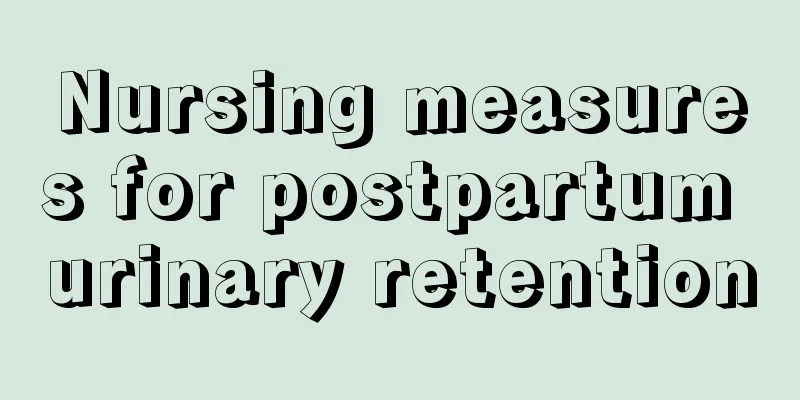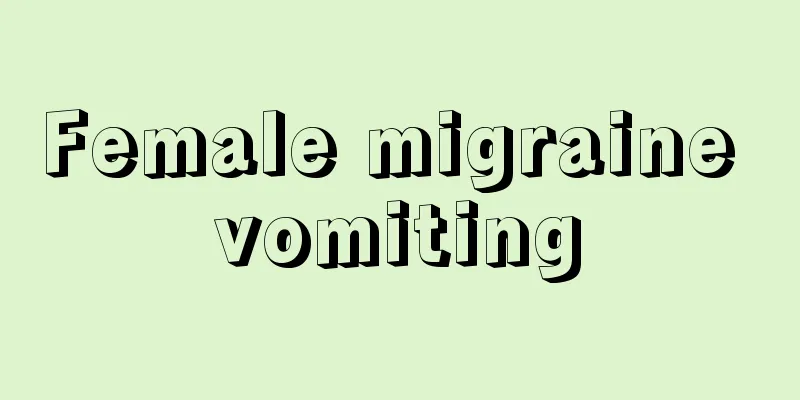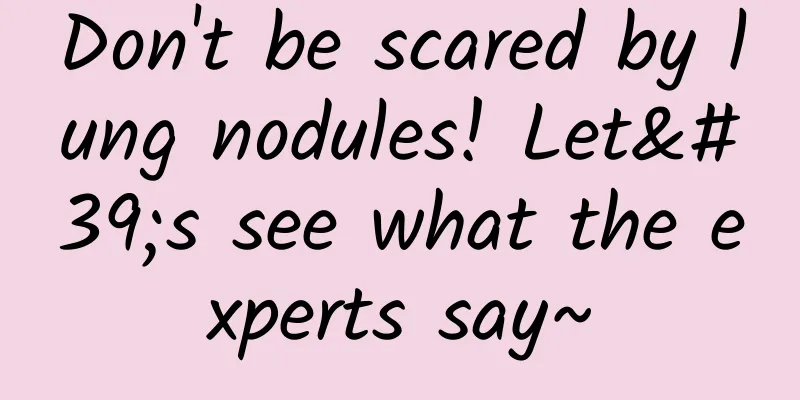Aspiration Classroom-How much do you know about hidden aspiration?

|
Author: Jin Yanhong, deputy chief nurse, Beijing Friendship Hospital, Capital Medical University Reviewer: Duan Meili, Chief Physician, Beijing Friendship Hospital, Capital Medical University Aspiration often happens in life. I believe everyone has had this experience: choking when drinking water in a hurry. This is aspiration. Figure 1 Original copyright image, no permission to reprint Aspiration can manifest as a mild cough, which is a protective response of the airway; severe cases can cause aspiration pneumonia, dyspnea, suffocation, and thus be life-threatening. So let us understand aspiration together. 1. What is aspiration? Aspiration refers to the process in which varying amounts of liquid or solid food, secretions, blood, etc. enter the respiratory tract below the glottis during swallowing, whether eating or not. Aspiration can be divided into overt aspiration and covert aspiration according to clinical symptoms. Overt aspiration refers to the patient's immediate symptoms of irritating coughing, shortness of breath, or even cyanosis and suffocation after aspiration. Aspiration without coughing is called hidden aspiration, which can occur in normal people or patients with normal airways or artificial airways. In terms of artificial airways, patients with tracheotomy have a higher rate of hidden aspiration. In clinical practice, it is often encountered that patients have been successfully weaned from the ventilator, but not long after, they are re-intubated and connected to a ventilator for assisted breathing due to aspiration pneumonia caused by hidden aspiration. Reports show that obvious aspiration only accounts for 10% of aspiration, and the vast majority are hidden aspiration. 2. Identification of hidden aspiration Recognizing the early symptoms of silent aspiration is crucial to preventing and treating silent aspiration. Here are some early symptoms: 1. Cough and sputum: After aspiration, the patient usually has a forced coughing reaction to clear the foreign body that enters the trachea, and a large amount of sputum will be produced at the same time. 2. Shortness of breath and difficulty breathing: When a foreign body enters the trachea, the patient may feel shortness of breath and difficulty breathing, which is the most obvious symptom of hidden aspiration. 3. Laryngeal discomfort and voice changes: Due to laryngeal irritation, patients may feel throat discomfort, pain, burning sensation, etc., and may experience voice changes such as hoarseness or wheezing. 4. Nausea and vomiting: Aspiration may cause gastric contents to flow back into the mouth, causing nausea and vomiting. 5. Abnormal substances appear in the mouth: Abnormal substances appear in the mouth, such as sputum, blood, food, etc., which may be caused by aspiration. If you experience the above symptoms, you should seek medical attention immediately for further examination and diagnosis. Early detection and treatment of hidden aspiration can prevent further damage to the patient's physical and psychological health and protect the patient's health and happiness. Factors leading to aspiration 1. Age factors: Aging is the most common factor. With age, the esophageal sphincter of the elderly relaxes, the pharyngeal sensation decreases, and the swallowing reflex and cough reflex weaken, which can easily cause gastroesophageal reflux and lead to aspiration. The functions of various organs in the body deteriorate over time, long-term bed rest reduces activity, gastrointestinal motility slows down, and a large amount of food is retained, which can easily cause gastric retention and lead to aspiration. 2. Pathological factors: Patients with cerebrovascular accidents, unclear consciousness, and long-term bed rest are prone to aspiration, especially those with long-term nasogastric feeding tubes. When the patient is in a supine position during and after nasogastric feeding and the angle of the head of the bed is too low, the gastric contents will reflux into the oropharynx and be inhaled into the lungs through the trachea, causing aspiration. When the nasogastric feeding speed is too fast and the infusion liquid temperature is too cold, it will cause gastric spasm and delayed gastric emptying, causing a large amount of gastric juice to remain, causing vomiting and aspiration. After nasogastric feeding, suctioning the patient within a short period of time stimulates the patient's esophageal mucosa, causing cough reflex and vomiting reflex, and food reflux. In addition, the use of some drugs can induce aspiration, such as some antipsychotic drugs, theophylline drugs, etc. 3. Eating position: Wrong position and posture, such as lying flat to eat, tilting the head to eat, etc., can easily lead to aspiration. This is the most common mistake in daily family care. 4. The hazards of aspiration Aspiration can lead to aspiration pneumonia, dyspnea, suffocation, and in severe cases, life-threatening 1. Difficulty breathing: Aspiration may lead to airway obstruction, causing difficulty breathing or even suffocation. 2. Pneumonia: Aspiration may cause bacteria, viruses and other infectious agents to enter the lungs, causing lung infections such as pneumonia. 3. Chronic obstructive pulmonary disease: Long-term aspiration may lead to the occurrence or aggravation of chronic respiratory diseases such as chronic obstructive pulmonary disease. 4. Suffocation: Severe aspiration may lead to suffocation or even death. 5. Prevention of Aspiration 1. Maintain the correct body position: Hidden aspiration is most likely to occur in the supine position. Therefore, for the elderly, bedridden patients and other groups, they should adopt semi-recumbent position, lateral position and other postures to reduce the occurrence of aspiration. Figure 2 Original copyright image, no permission to reprint ① When eating, the patient should sit or raise the head of the bed 30-45 degrees to maintain a comfortable position. Maintain this position for 30-60 minutes after eating before resuming the position. When assisting the patient with eating, the daily amount should not be too much. Instruct the patient to chew slowly and not to talk when eating. ② For hemiplegic patients, you can choose a 30-degree semi-recumbent position, tilt the neck forward, raise the shoulders and back, and feed on the healthy side. You can use gravity to help you take in and swallow food, reduce food residue on the affected side, and prevent it from entering the airway. ③ For patients using ventilators to assist breathing, make sure the head of the bed is elevated 30 degrees. At the same time, pay attention to the installation and placement of the ventilator pipeline, and ensure that the water collection tank is located at the lowest point of the pipeline to prevent excessive accumulation of condensed water and cause aspiration. 2. Diet selection: Food that is easy to swallow has the following characteristics: uniform density, appropriate viscosity, not easy to loosen, and not easy to leave residue. Paste-like food is preferred. For patients who may have aspiration or swallowing difficulties are not very serious, feeding training can be carried out by adding coagulation powder. Avoid eating biscuits, rice, peanuts, soup and rice, etc. 3. Assess the patient's condition, physical strength, swallowing, chewing function, consciousness, etc., and choose the feeding route according to the condition. Follow the doctor's advice to choose oral feeding or nasogastric feeding. Do not feed without authorization. 4. Precautions for eating: When eating, you should chew slowly, eat in small mouthfuls, lower your head to swallow, and do not swallow in large mouthfuls; avoid eating too fast or eating too much, and ensure that you have enough time to swallow; when eating more food, make sure that the previous mouthful of food has been swallowed completely; after eating, you should swallow empty-mouthed, cough spontaneously, and remain in a sitting position for 30-60 minutes; if choking or voice changes after eating, stop immediately. 5. Encourage patients to perform coughing, expectoration and respiratory function exercises to enhance the recovery of protective physiological reflexes, assist patients in expectoration and prevent aspiration. 6. Avoid involuntary smoking: Involuntary smoking is one of the main factors leading to hidden aspiration, so smoking should be avoided and exposure to secondhand smoke should be avoided. 7. Regular oral care and check-ups: Bacteria in the mouth can easily cause infection, so you should regularly clean your mouth to maintain oral hygiene. At the same time, you should also regularly check your mouth to promptly detect and treat oral problems, such as caries and periodontal disease. 8. Prevent reflux of gastric contents: Reflux of gastric contents is one of the important causes of hidden aspiration. Therefore, you should avoid eating too much or too fast, and avoid bending your body excessively or maintaining the same posture for a long time, such as bending over or lowering your head. 9. Discover and treat symptoms promptly: If you experience symptoms such as coughing, difficulty breathing, or throat discomfort, you should seek medical attention for diagnosis and treatment. In short, prevention and treatment of hidden aspiration requires starting from diet, living habits, body posture and other aspects in daily life. At the same time, attention should be paid to oral hygiene and regular check-ups to promptly detect and treat symptoms to ensure good health. |
<<: Is it true that “sunbathing your eyelids” can cure myopia?
>>: Don’t just curl, do some stretching exercises
Recommend
55-year-old menopause after two years of menopause
As we all know, women usually go through menopaus...
What causes polycystic ovary?
Polycystic ovary is a common disease, more common...
Female urethra pain after urination
Nowadays, many people in daily life do not pay en...
Can women lose weight by practicing yoga?
In today's society, due to the improvement of...
How to test the gender of a baby during early pregnancy
The entire process of pregnancy may be accompanie...
Can I do moxibustion during my period?
Moxibustion is a very traditional Chinese medical...
What to do if you have bleeding during the 50th day of pregnancy
During pregnancy, because the fetus itself is not...
What should I do if black menstrual discharge appears?
Many female friends may experience dark menstrual...
What should I do if I want to get pregnant?
Pregnancy is a necessary process in people's ...
What is the difference between Sephora Gold Card and Sephora Black Card? Does Sephora Gold Card require annual spending of 12,000?
There is not much difference between Sephora Gold...
What is the normal size of the egg and how to improve the survival rate
We all know that each of us comes into this world...
Do I need to take anti-inflammatory drugs when I have a fever, cold, or cough?
Do I need to take anti-inflammatory drugs when I ...
Is it normal to have chest pain after abortion?
Women who have undergone abortions often experien...
What should I do if my breasts sag during breastfeeding?
Women's beauty is inseparable from healthy an...
How much does a swimming crab weigh? Why is the swimming crab roe green?
Swimming crabs, also known as three-spotted swimm...









